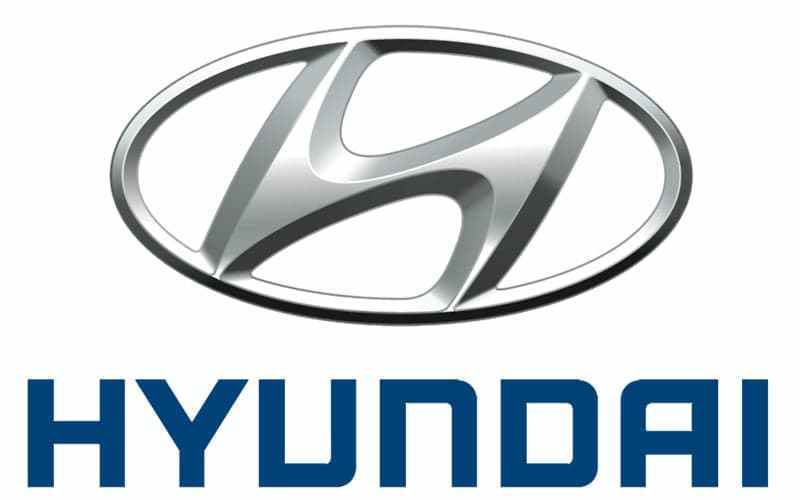Hyundai Motor Group has announced that the company has developed a a ‘Digital Key’, which allows users to unlock and start their Hyundai vehicle via their smartphone.

Replacing a traditional physical key, the new Digital Key can be downloaded via an app and used by up to four authorized people, the company said in a release.
Hyundai also informed that the Digital Key can be downloaded via a cell phone application and Near Field Communication (NFC) technology detects the presence of an authorized Digital Key-enabled cellphone in close proximity to the vehicle door.
The NFC antenna for entry identification is located in the handles of the driver and front passenger’s doors, whilst one for starting the engine is located within the wireless charging pad.
“The Digital Key will benefit a very wide range of future Hyundai customers, as well as enabling innovative new schemes for vehicle sharing,” said Ho Yoo, Group Leader of Hyundai Motor Group’s Electronics Development Group.
“We are studying other ways to harness this type of connected-car technology to greatly enhance the driving and ownership experience.”
After unlocking the vehicle, the user can start the engine by placing the smartphone on the wireless charging pad in the center console and pressing an engine Start/Stop button on the dashboard. The user’s preferred vehicle settings are stored in the vehicle.
When the key is recognized those settings are adjusted automatically – including the position of mirrors, seats and the steering wheel, as well as controls for the audio, video and navigation (AVN) systems and head-up display.
Hyundai’s Digital Key can be used to control selected vehicle systems remotely via their smartphone. Using Bluetooth Low Energy (BLE) communication, users can lock and unlock the vehicle, activate the alarm and start the engine.
In addition, once the vehicles with autonomous parking features are commercialized, such features are also expected to be remotely controlled.
Hyundai Motor Group aims to gradually implement the technology in its new production vehicles, starting later this year.


















